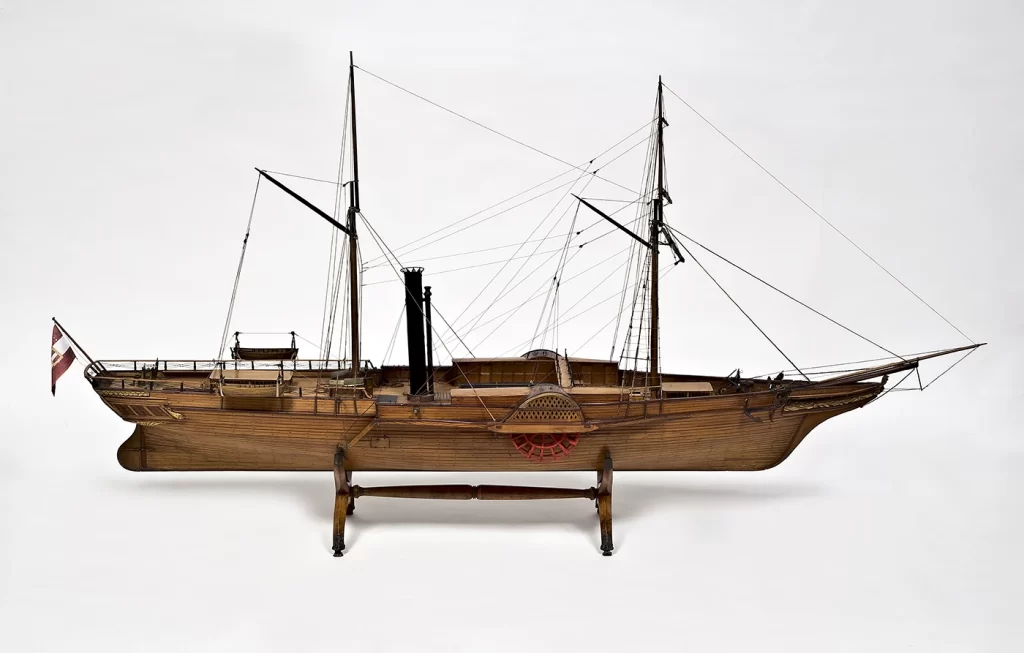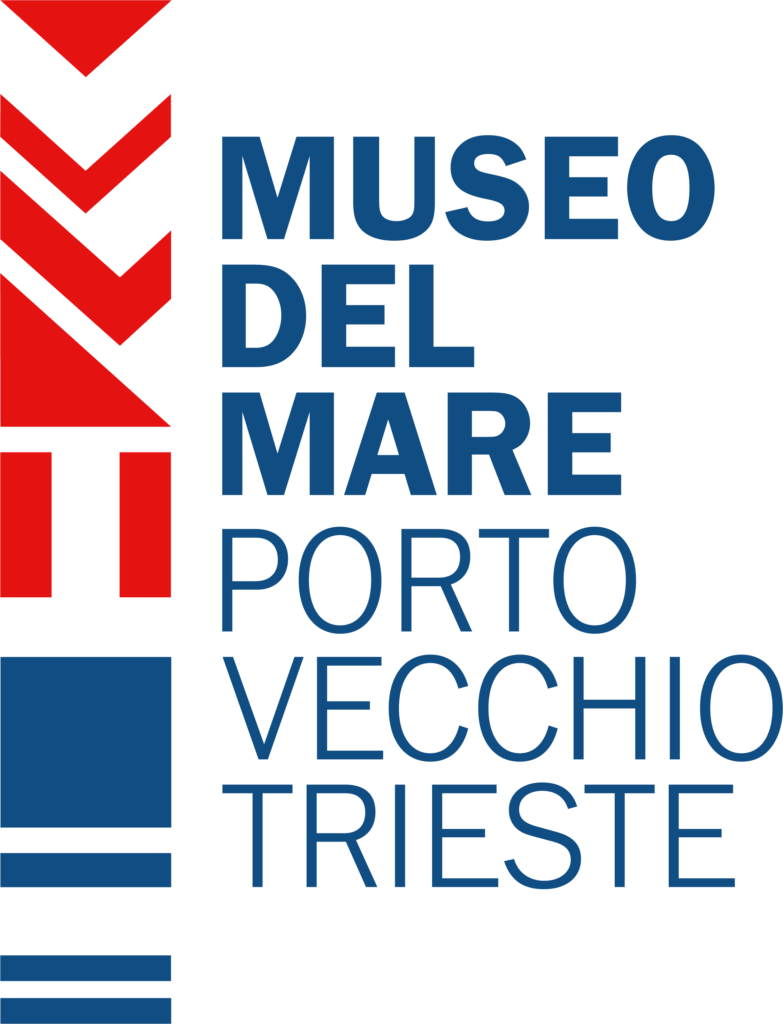The steam engine
The steam engine developed by the Scotsman James Watt in 1769 was an improvement on the system of thermodynamic exploitation invented in 1705 by Thomas Newcomen of England, which used steam power for the first time in manufacturing processes.
Watt’s much more efficient and versatile engine spread rapidly and is considered one of the main drivers of the first industrial revolution.
Adoption of the steam engine in shipping and the development of the train transformed civil and commercial transport in just a few decades.
Performance and safety were improved in the next few decades. In 1884 the steam turbine was invented. A rotary system, it displaced the reciprocating piston steam engine in the early twentieth century.
In 1892 Rudolf Diesel invented the reciprocating internal combustion engine, which entered marine use in the new century. The first diesel-engined transatlantic crossing was in 1911.
Simpler and cheaper, diesel engines underwent major improvements and in the 1970s comprehensively replaced steam turbines, partly due to the oil crisis.
The advent of the steamship
The first steamboat dates back to 1802, having been developed in Scotland to replace horses for towing river barges.
The first Trieste steamship, the Carolina, was launched in 1818 at the Panfilli shipyard.
The need to transport large quantities of water and coal, poor engine performance and inefficient paddle wheels meant that sailing ships remained competitive. Continuous technical improvements changed things over time.
In 1836 Lloyd Austriaco created a steam navigation section and bought its first steamships in England.
Although steamships had not yet achieved the speed of the great clippers, they allowed voyage durations to be predicted with reasonable accuracy regardless of the wind. This meant that scheduled services could be offered with fixed departure and arrival times and integrated with rail transport. Thus from 1857 it became possible to reach Trieste from Vienna and continue by steamship with predictable journey times.
The 1869 opening of the Suez Canal, which was not navigable under sail, ensured the success of the naval engine.
Trieste engines
In Trieste, Georg Strudthoff opened a workshop for the construction of nautical instruments and the repair of naval steam engines as early as 1830.
After a few years the strong development of shipbuilding in Trieste led him to establish a factory in Sant’Andrea for the manufacture of engines, water wheels and water pumps.
Cantiere San Rocco (San Rocco Shipyard) was established in Muggia under the same ownership, the two companies later merging to create the Stabilimento Tecnico Triestino (Trieste Technical Establishment).
After the Great War, STT began to build marine diesel engines under licence. In 1930 it was incorporated into Cantieri Riuniti dell’Adriatico, which was taken over by the IRI arm of the Italian State in 1933.

In 1966, Fabbrica Macchine Sant’Andrea (San’Andrea Machinery Factory) was spun off to create Grandi Motori Trieste, in conjunction with FIAT, in Bagnoli della Rosandra. The industrial plan envisaged that the entire national production of large internal combustion engines would be concentrated there. The plant began operations in 1971 employing about three thousand people.
After a few years the company passed to the State, which sold it in 1997 to the Finnish group Wärtsilä.



